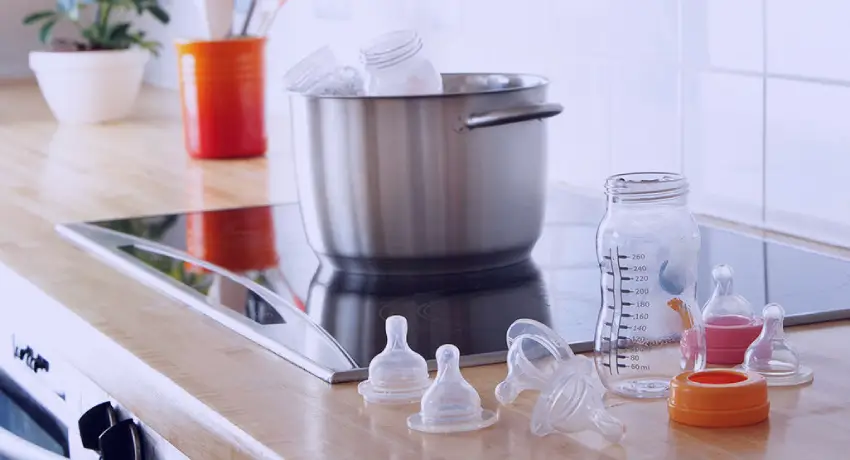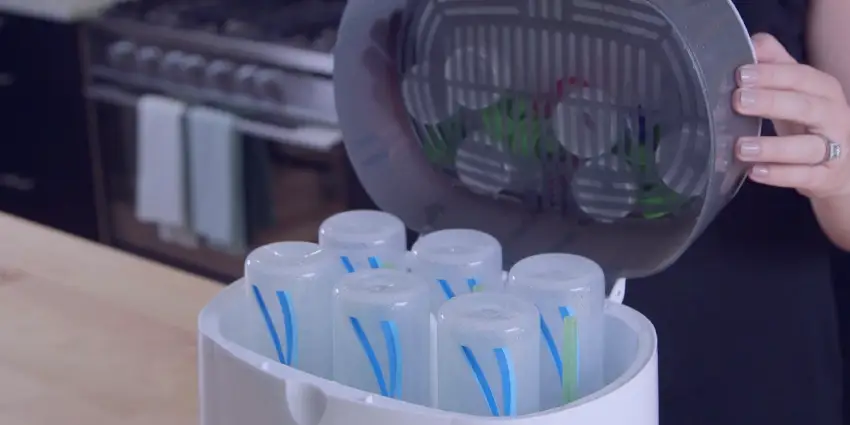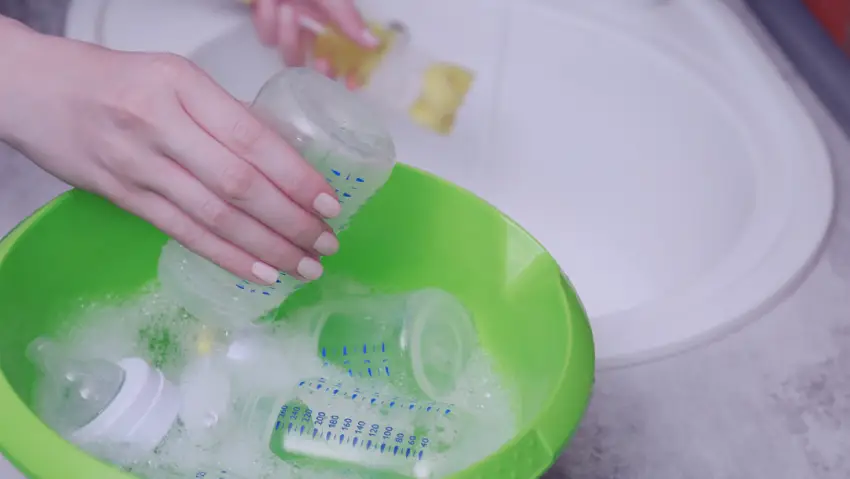Is there anything more important than the health of your baby?
As parents, we hold the power to protect our little ones from unseen microbial threats lurking in their daily routine, primarily through objects they constantly interact with. Indeed, sterilizing feeding bottles is non-negotiable for maintaining your infant’s safety, acting as a protective barrier against potential harm. After all, a good baby bottle sanitizing practice is a silent pledge of love and care for your child.
Understanding Baby Bottle Sterilization
Baby bottle sterilization is a safeguard to ward off microorganisms that could compromise your baby’s developing immune system. It’s a critical process to destroy bacteria, viruses, and harmful pathogens that may cling to the bottles after regular washing.
This extra layer of defense is super important in an ecosystem as delicate as an infant’s, where even the tiniest germ can be a giant threat. By mastering the art of sterilization, you arm yourself with the knowledge and tools essential for nurturing your baby in the healthiest environment possible.
Traditional Sterilization Techniques
Boiling is a time-tested sterilization approach that eradicates harmful bacteria using heat and water, ensuring your baby’s bottles are safe.
In addition to boiling, steam sterilization is another excellent option to reach every nook of feeding bottles for a comprehensive clean—without chemicals.
Lastly, the “cold-water sterilization” method uses antibacterial solutions to disinfect bottles—a practical option for parents on the go.


